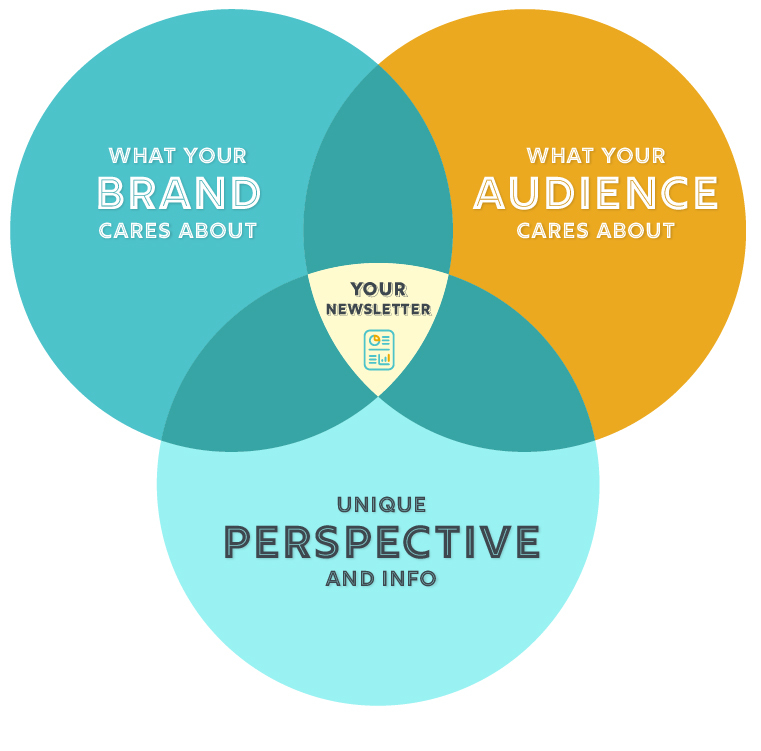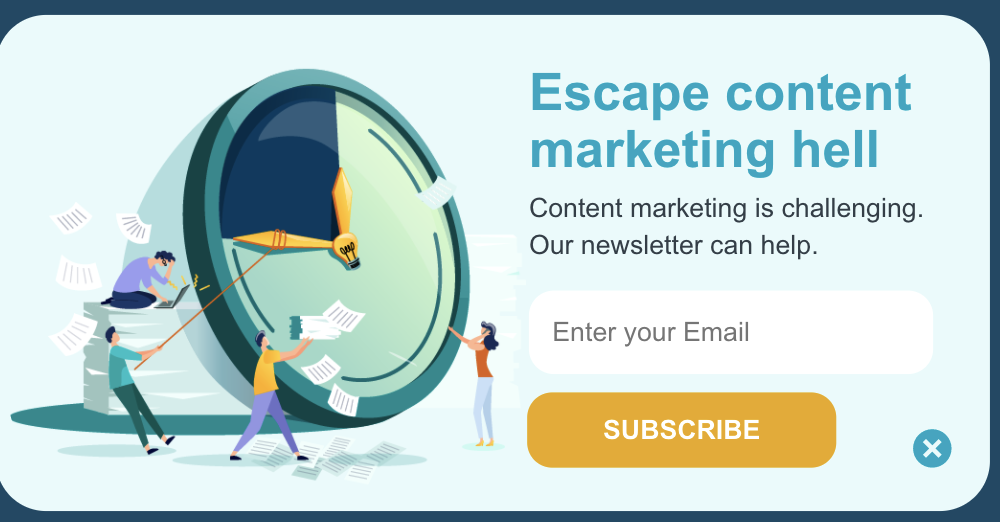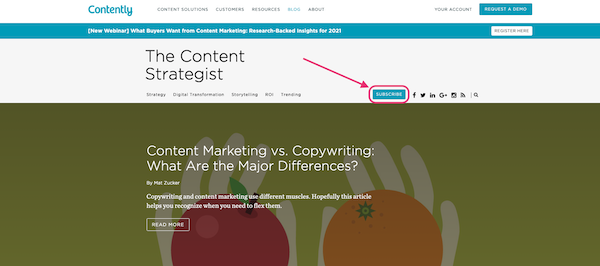Strategy
How to Make an Email Newsletter That Builds Trust and Drives Leads
Over the past few months, you might have noticed that newsletters are hot again.
Since last summer, a parade of prominent journalists left top media companies ranging like Vox, Digiday, Politico, and New York Magazine, to strike out on their own with a newsletter on Substack, which makes it easy to monetize your content with paid subscriptions.
In truth, newsletters have always been a crucial audience building tool, ever since the Acta Diurna were sketched in stone in Ancient Rome in 131 BC. (H/t to our friends at Nudge for digging that one up in their newsletter.) They became especially effective with the mainstream adoption of email in the 1990s, giving smart marketers and media pros a direct line to their audience. Even during the social media craze of the 2010s, these professionals built their audience via email, understanding the importance of building on owned—not rented—land.
Nearly five years ago, I wrote about why the email newsletter is the most important part of content marketing. But 2021 begs a different question: How do you develop a great email newsletter?
Step 1: Develop a unique value prop that’ll give your audience a sweet hit of dopamine
Damn near every marketer uses email as a marketing channel. But a surprising amount of marketers I speak with aren’t investing in a newsletter as a core part of their content strategy. Sure, they send campaign blasts to their database, but they’re not developing a consistent newsletter with a clear value prop.
Your newsletter should fulfill three non-negotiable qualities:
- It covers a core topic that your audience cares about. For us at The Content Strategist, that’s content marketing and content strategy best practices. Over at my LinkedIn newsletter, it’s the art and science of storytelling.
- It aligns with what your company—and the people who work there—are most passionate about. Your audience may really care about videos of huskies in the snow. That makes sense—videos of huskies in the snow are awesome. But no one particularly wants to sign up for a newsletter about huskies in the snow from a B2B technology company.
- It provides unique information and perspective that your audience can’t get anywhere else.

The Nudge newsletter—published by founder and CEO Ben Young—is my go-to digest for all the branded content and native advertising news I’d missed that week. GE Reports delivers my weekly dose of optimism about COVID-19—and the future of technology at large. The BRANDED newsletter offers incredibly well-reported stories about the insane corruption inside ad-tech and programmatic advertising, giving me a sweet hit of dopamine by reinforcing my pre-existing prejudices against display ads while teaching me something new.
What sweet hit of dopamine can only you give your audience? What can you teach them that no one else can?
As online learning expert Brandon Jordan told me recently: “We’ve entered a golden age of educational content. Creative educators are about to dominate the world.”
Step 2: Communicate a clear value prop
I can’t tell you how many brand newsletters I come across that have a call-to-action like: “Sign up for the Bank A newsletter to get the latest financial news, advice, and company updates.”
If you fell asleep halfway through that CTA … well first of all: wake up, you’re at work, get it together. Secondly, I don’t blame you. And I don’t blame the 99.9 percent of visitors who read that CTA and say, “Nah, I’m good.”
Our best performing newsletter CTA—which consistently converts visitors to subscribers at nearly a 3 percent clip—is simple: “Escape content marketing hell.”

Turns out, a lot of marketers are feeling like Dante.

Now, an allusion to hell might be a little edgy for your brand. That’s okay. Your newsletter CTA still has to quickly communicate how signing will benefit your target audience.
Step 3: Make sure people know about it
The other big mistake many marketers make is burying a link to their newsletter in the footer of their website. Signing up for your newsletter shouldn’t feel like a treasure hunt.
Some things that have worked well for us:
1. Put a clear subscribe button on your blog homepage and article page.

2. Invite customers and prospects to subscribe to your newsletter as part of the thank you email whenever they download a piece of gated content, sign up for an event, or request a demo.
3. Share your newsletter on social. (Every email service provider—from Pardot to Mailchimp to Substack—allows you to share your newsletter as a web URL.)
4. Use a tool like Sumo to hit visitors to your website with a pop-up offer to sign up for your newsletter, like the one above. Sumo drives 60 percent of our new newsletter sign-ups—about 2,000 each quarter. It’s more than worth the $39/month price tag.
If you want to dig in further, check out our free content strategy course on lead generation. Newsletters are a big focus on the course, and you’ll get to enjoy some truly bizarre cold opens in which we pretend to be in Newsies.
We hope this helps you go forth and master the newsletter. And who knows? Maybe you’ll even be able to quit your job and start your own Substack one day.
Get better at your job right now.
Read our monthly newsletter to master content marketing. It’s made for marketers, creators, and everyone in between.




